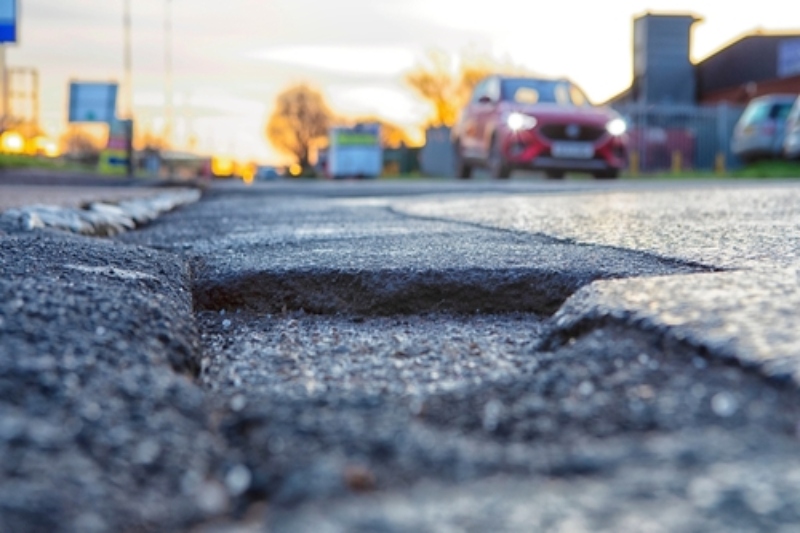David Giles, Chair of the Asphalt Industry Alliance (AIA), discusses the state of the local road system and what the new Labour Government should do to help drive improvements.


Our local roads are in crisis. This year’s Annual Local Authority Road Maintenance (ALARM) survey report highlighted that less than half of local roads across England and Wales are in a good structural condition and the cost of tackling the backlog of repairs is now a record £16.3bn.
It is clear current approaches to highway maintenance funding are not delivering for road users and, while it was encouraging to hear the Chancellor acknowledge the condition of our local roads is ‘a reminder of our failure to invest as a nation’ in her recent Budget statement, it was disappointing that the opportunity to deliver a step change was missed.
The additional £500m pledged for highway maintenance in England next year is, of course, very welcome. Nevertheless, it falls a long way short of the commitment to a long-term funding horizon the sector has been calling for.
It is still not clear if the previous administration’s commitment to spend an additional £8.3bn over 11 years on local roads maintenance will be honoured. We understand a review is now underway, including one by the Public Accounts Committee which is looking at how to ensure the best value for money from local highway maintenance spending.
Data collected from ALARM over the last decade highlights the detrimental effect a stop/start approach to funding has on road conditions. ALARM takes a snapshot of the general condition of the local road network in England and Wales, based on information provided directly by local authority highway teams. The 2024 survey reports a one-time catch-up cost of more than £14bn in England alone, so the £500m additional allocation is just a fraction of what’s needed to prevent further decline.
Our hope was that the Chancellor would have announced a multi-year ringfenced commitment to allow local authorities to proactively drive improvement of our local roads, and we will continue to call for this level of investment in the network.
Local authority highway teams are faced with a thankless task: they have a legal responsibility to keep our roads safe, but just haven’t had the funds to do so in a cost effective, proactive and sustainable way for decades. They can only do so much with the resources they have been given, but repeatedly filling potholes is indicative of a network on the edge and is far less efficient in terms of materials usage and carbon emissions than planned preventative maintenance in enhancing resilience.
That’s why we’ve been calling for adequate sustained, targeted and accountable funding for local roads – provided on both a needs and improvement basis – over the long term. This will allow local authorities to plan and proactively carry out the right maintenance intervention at the right time to the greatest benefit of all road users, rather than just having enough money to address immediate and urgent repairs. Without it there will be a continual decline in the condition of our local roads.
Our call is backed up by the AIA-supported All Party Parliamentary Group for Better Roads report, Working for Better Roads, launched in September 2023. The report reviewed the success of the Pothole Action Fund, which formed part of a six-year commitment (2015/16 to 2020/21) to English local authority highway teams, who were able to use the secure funding for preventative maintenance and resurfacing works as well as pothole repairs.
It used ALARM data to track the impact of the additional funds, demonstrating that more than 12,000 miles (7%) of the English local road network moved into ‘good’ condition (indicating they had 15 years or more structural life remaining) during the life of the fund. But, since 2021, when the Pothole Action Fund was incorporated into local authorities’ general block highway funding, the number of roads classed as ‘good’ has dropped back to 2016 levels.
This highlights the importance of longer-term, ringfenced funding in making improvements to the structural conditions of the network and it would also help to give the asphalt supply chain confidence to further invest in plant upgrades, materials innovation and technical advancements to support the ongoing development and delivery of durable, lower carbon roads, in line with net zero ambitions.
It’s time for a rethink and for the Government to place improving local road conditions at the heart of its transport policy to deliver a local road network that is safe, keeps people connected and supports economic growth while cutting carbon emissions. Without a change to the funding structure and the amount allocated, local road conditions can’t – and won’t – improve.
This article was first published in the winter issue of LAPV.